

Sciatica pain is caused by irritation, inflammation, pinching, or compression of a nerve in the lower back. The most common cause is a herniated or slipped disk that causes pressure on the nerve root. Most people with sciatica get better on their own with time and self-care treatments. But sometimes the pain may be excruciating that you will inevitably need to seek sciatica pain relief Woodstock.
Sciatic nerve pain can be so excruciating and debilitating that you don’t even want to get off the couch. You probably know more than one person with this condition, as it is relatively common with a lifetime incidence of 10 to 40 percent.
The sciatic nerve begins at your lower back, your hips, and your buttocks, going down each of your legs and bending at the knees. Sciatica pain happens when there is a problem anywhere along this pathway.
Sciatic pain can also happen due to a condition called piriformis syndrome. Your piriformis muscle extends from your buttocks at the edge of your spine all the way to the top of your thigh. Sometimes this muscle can spasm and trap the sciatic nerve, which is located nearby. This can result in sciatic pain.
Sciatica pain can occur due to a variety of reasons. Identifying what does not move is the first step toward solving the problem. Often, the most problematic body parts are the lower back and hips.
As many as 4 out of every 10 people will get sciatica, or irritation of the sciatic nerve, at some point in their life. This nerve comes from either side of the lower spine and travels through the pelvis and buttocks. Then the nerve passes along the back of each upper leg before it divides at the knee into branches that go to the feet.
Anything that puts pressure on or irritates this nerve can cause pain that shoots down the back of one buttock or thigh. The sensation of pain can vary widely. Sciatica may feel like a mild ache; a sharp, burning sensation; or extreme discomfort. Sciatica can also cause feelings of numbness, weakness, and tingling.
Pain may be made worse by prolonged standing up, sitting, sneezing, coughing, lifting, twisting, or straining. Sciatic pain treatment Woodstock ranges from hot and cold packs and medications to exercises and complementary and alternative remedies.
During the physical examination, your doctor may check your muscle strength and reflexes. For example, you may be asked to rise from a squatting position, walk on your toes or heels, and lift your legs one at a time while lying on your back. Pain that results from sciatica will usually worsen during these activities.
Many people have herniated disks or bone spurs that will show up on X-rays and other imaging tests but have no symptoms. So, doctors don’t typically order these tests unless your pain is severe, or it doesn’t improve within a few weeks. These tests will help in finding the appropriate sciatica pain relief Woodstock for you.
If your pain does not improve with self-care measures, your doctor might suggest some of the following treatments.
The types of drugs that might be prescribed for sciatica pain include:
Once your acute pain improves, your doctor or a physical therapist can design a rehabilitation program to help you prevent future injuries. This typically includes exercises to correct your posture, strengthen the muscles supporting your back and improve your flexibility.
Sciatica pain may make it difficult to be active. But bed rest is not recommended as a mainstay treatment. To manage new sciatica pain, you may find that certain positions and activities are more comfortable than others.
If symptoms are not severe but persist beyond a couple of weeks, your doctor may recommend physical therapy. The proper exercises may actually help provide sciatica pain relief Woodstock. They can also provide conditioning to help prevent the pain from coming back.
The exercises recommended will depend on the cause of sciatica. Further, it is important to work with a specialist who has experience working with people with sciatica. It is also important to do the exercises exactly as directed.
To get the proper direction, you’ll most likely work with one of the following specialists:
In some cases, your doctor might recommend an injection of a corticosteroid medication into the area around the involved nerve root. Corticosteroids help reduce pain by suppressing inflammation around the irritated nerve.
The effects usually wear off in a few months. The number of steroid injections you can receive is limited because the risk of serious side effects increases when the injections occur too frequently.
This option is usually reserved for when the compressed nerve causes significant weakness, loss of bowel or bladder control, or when you have pain that progressively worsens or does not improve with other therapies. Surgeons can remove the bone spur or the portion of the herniated disk that is pressing on the pinched nerve.
For most people, sciatica responds to self-care measures. While resting for a day or so may provide some relief, prolonged inactivity will make your signs and symptoms worse.
Other self-care treatments that might help include:
Alternative therapies commonly used for low back pain include:
Not everyone who has sciatica needs medical treatment. However, if your symptoms are severe or persist for more than a month, make an appointment with your doctor.
For radiating low back pain, some basic questions to ask your doctor include:
Don’t hesitate to ask more questions.
Your doctor will likely ask you a number of questions, including:
If you’re suffering from sciatica, doctors, chiropractors, physical therapists, and other specialists at Advanced Health Solutions – GA Spine & Disc can offer you treatment to help you find sciatica pain relief Woodstock that you need.
Call us today at (770) 212-3991 or contact us online to book your appointment now.


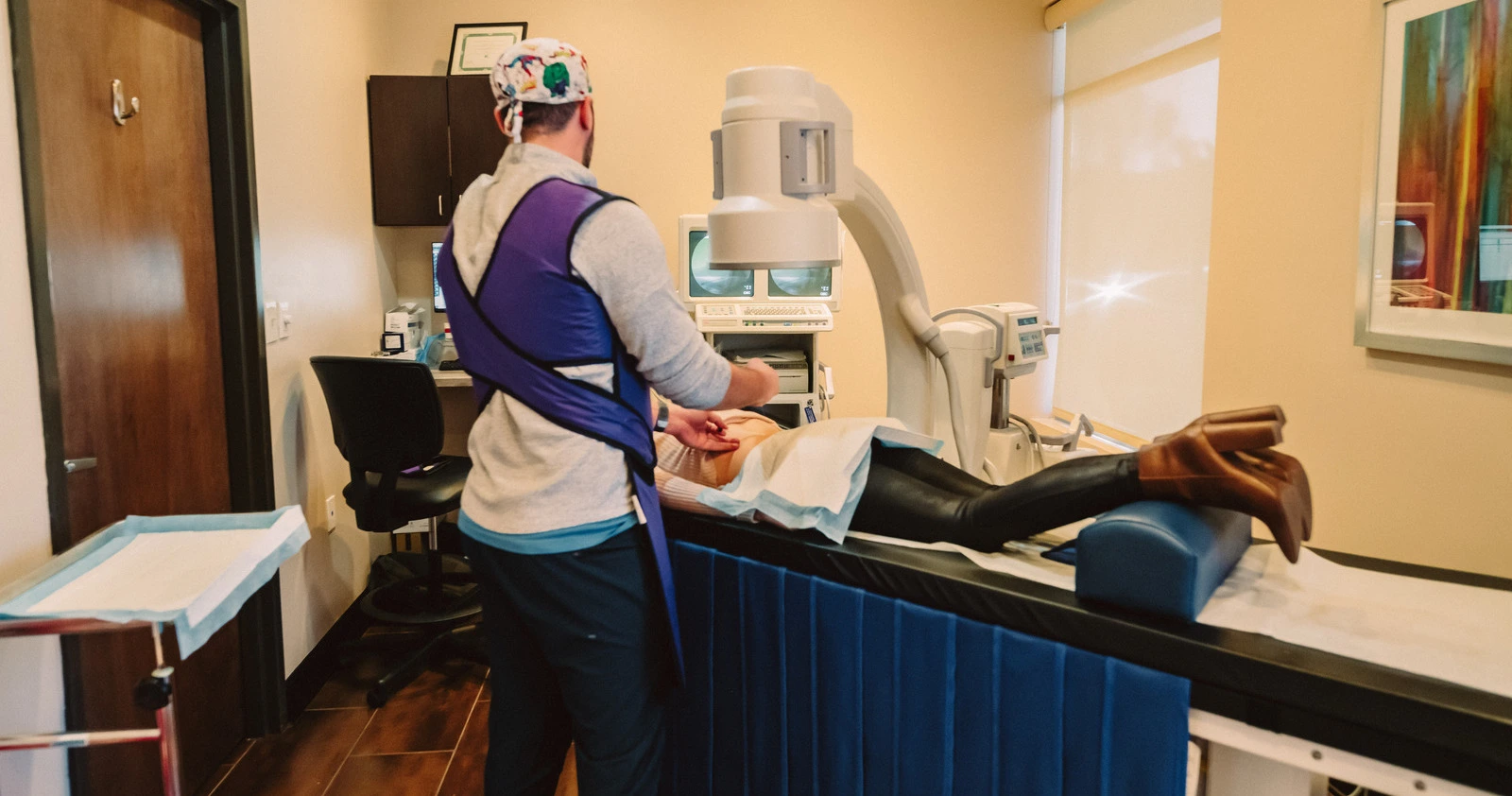

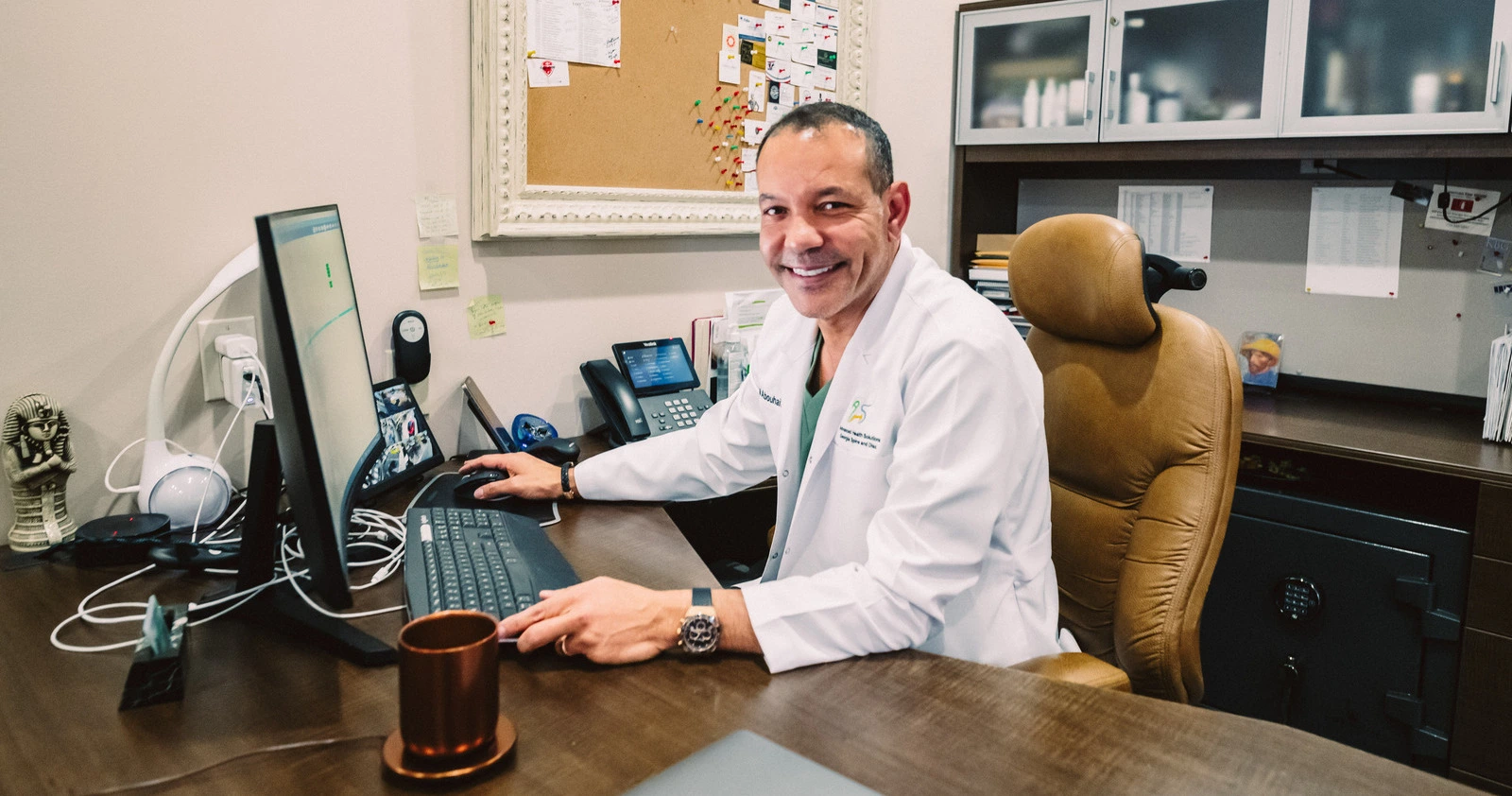
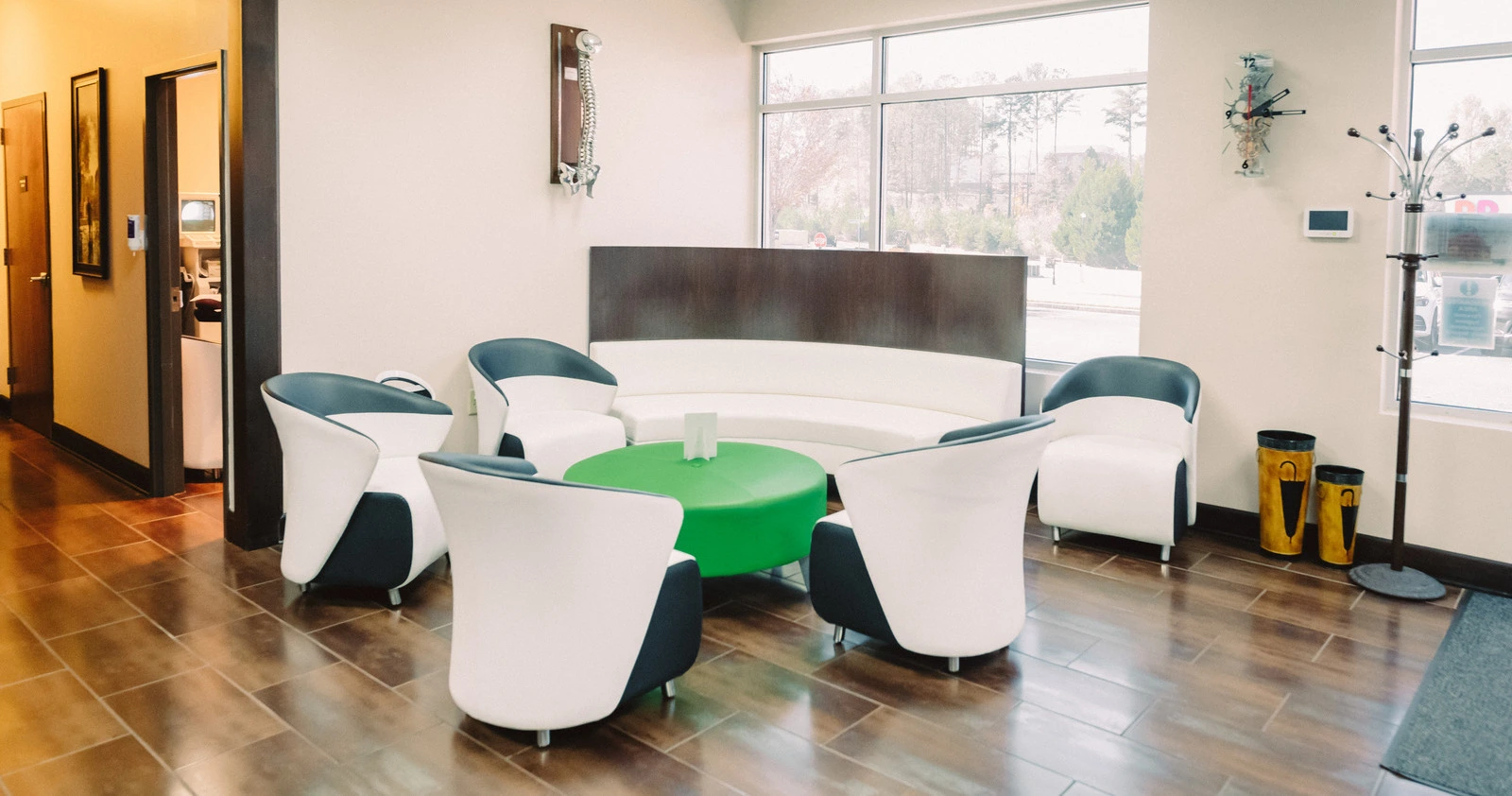
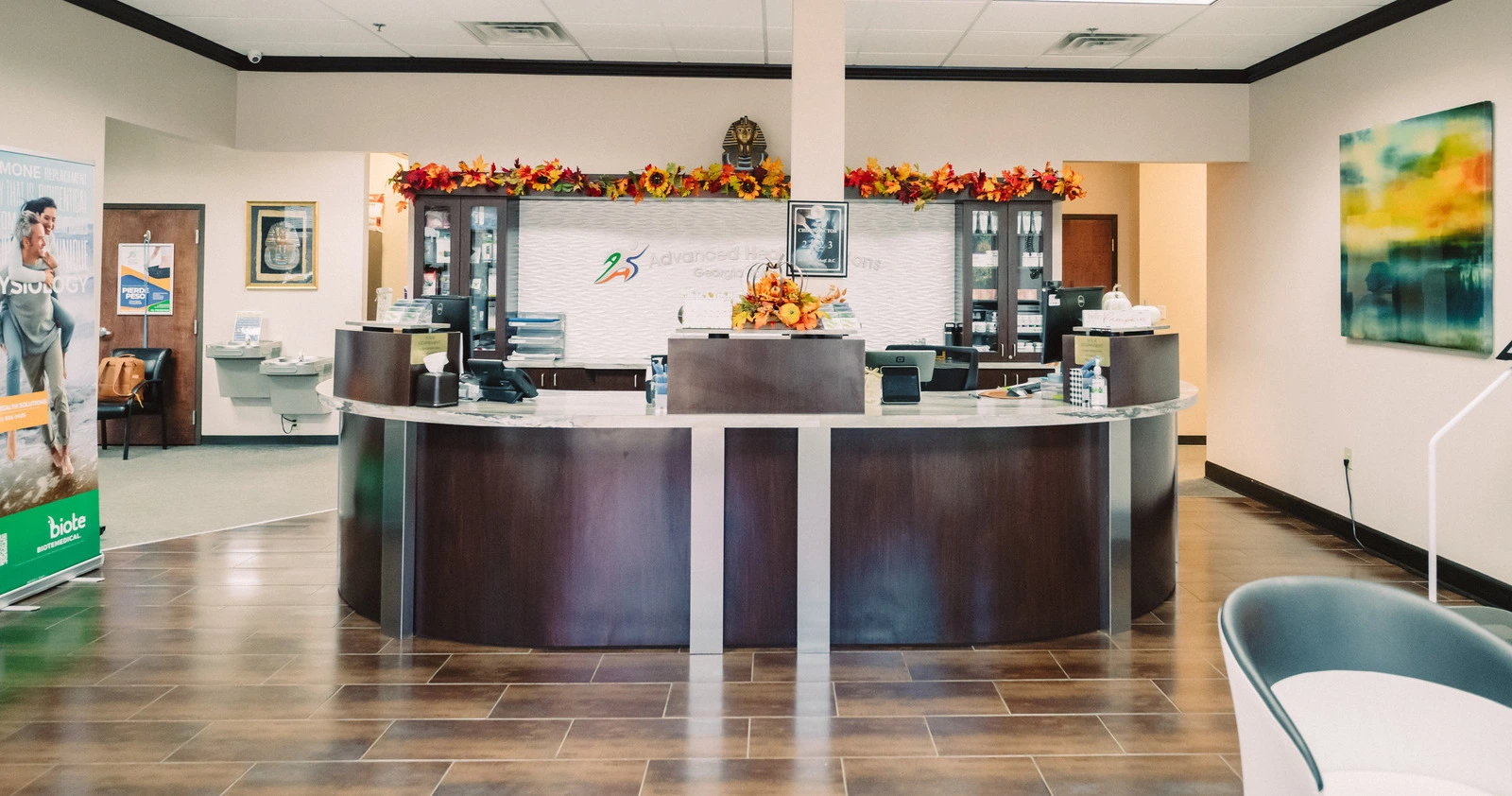
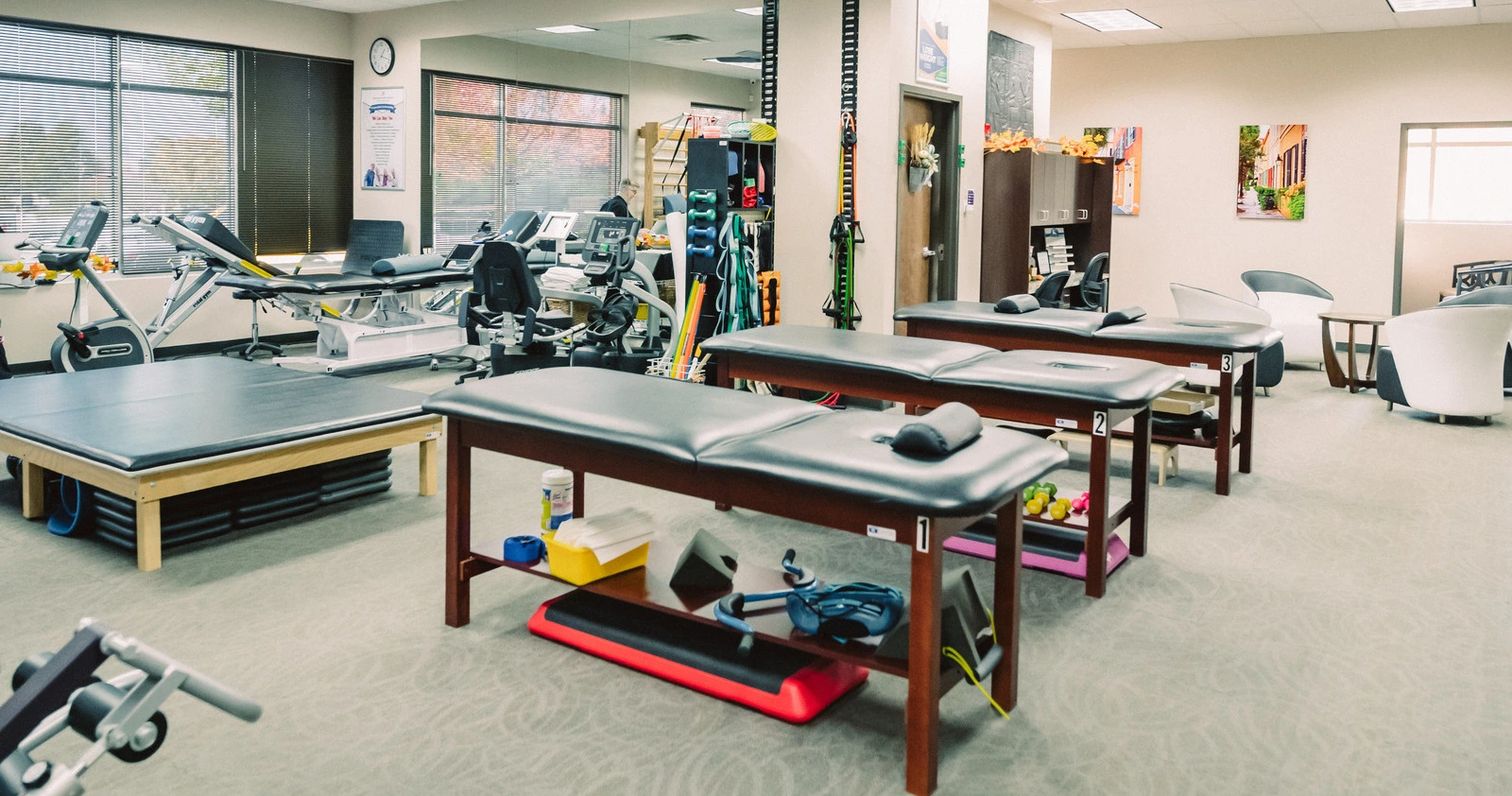
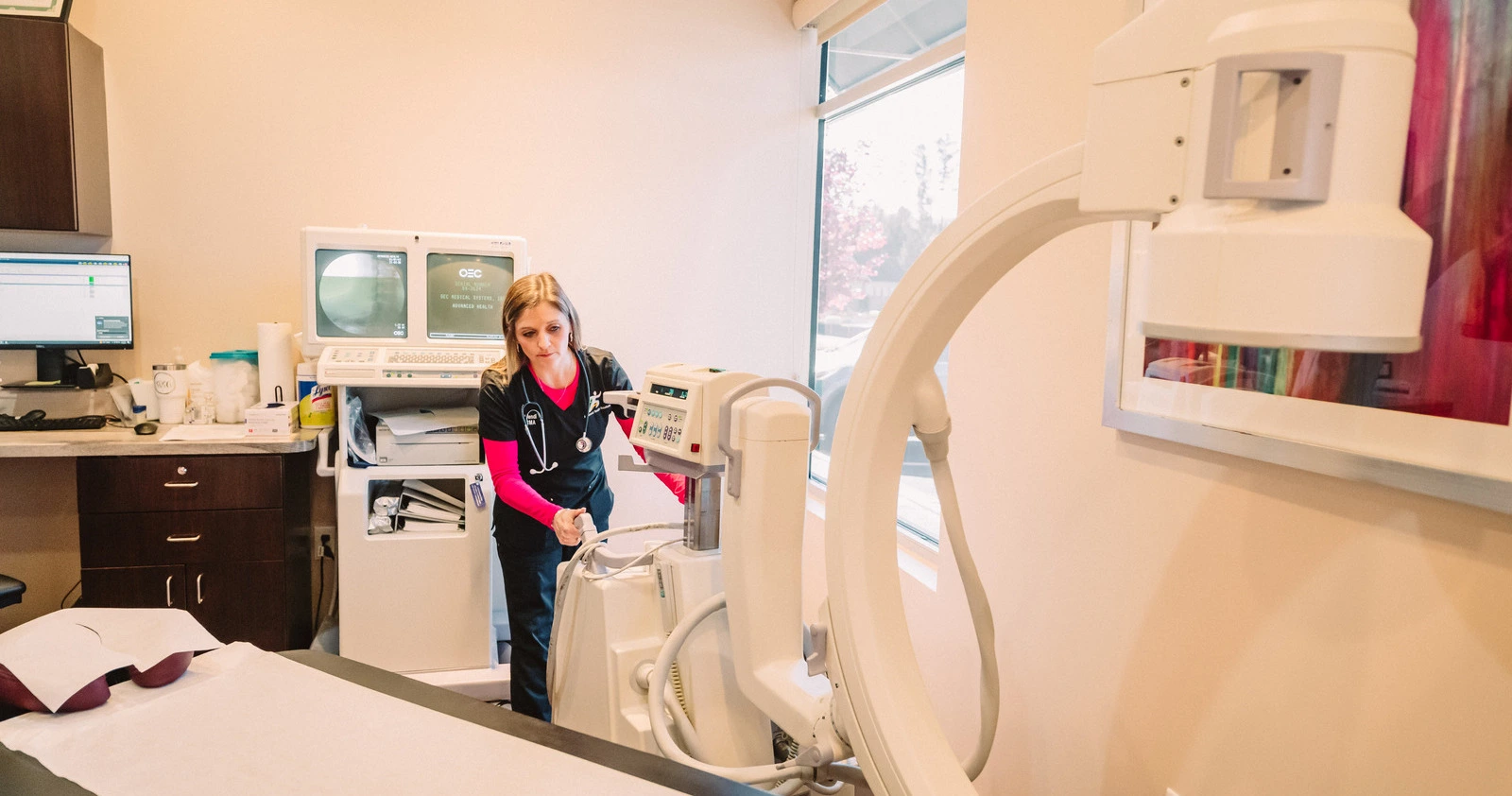
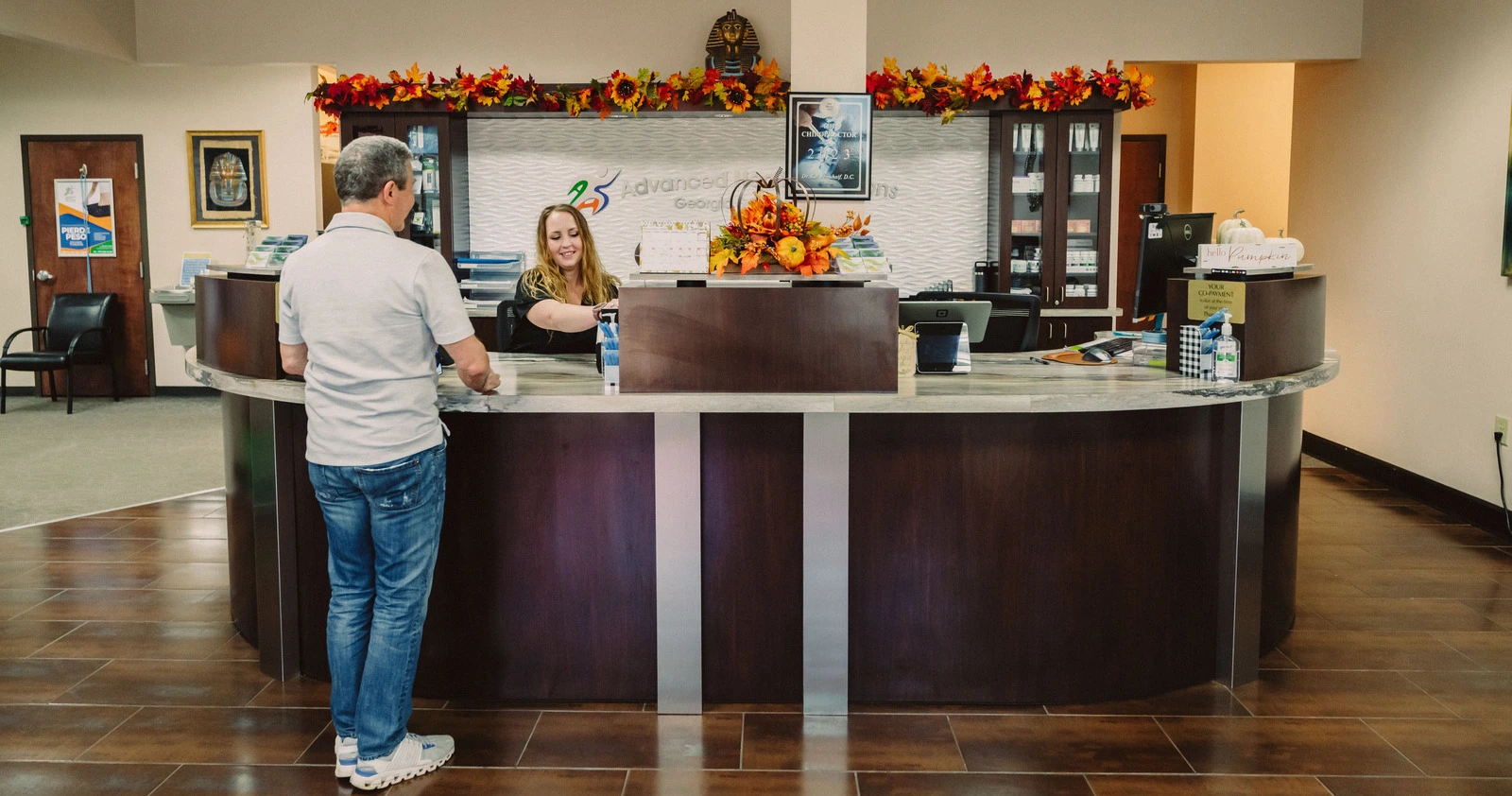
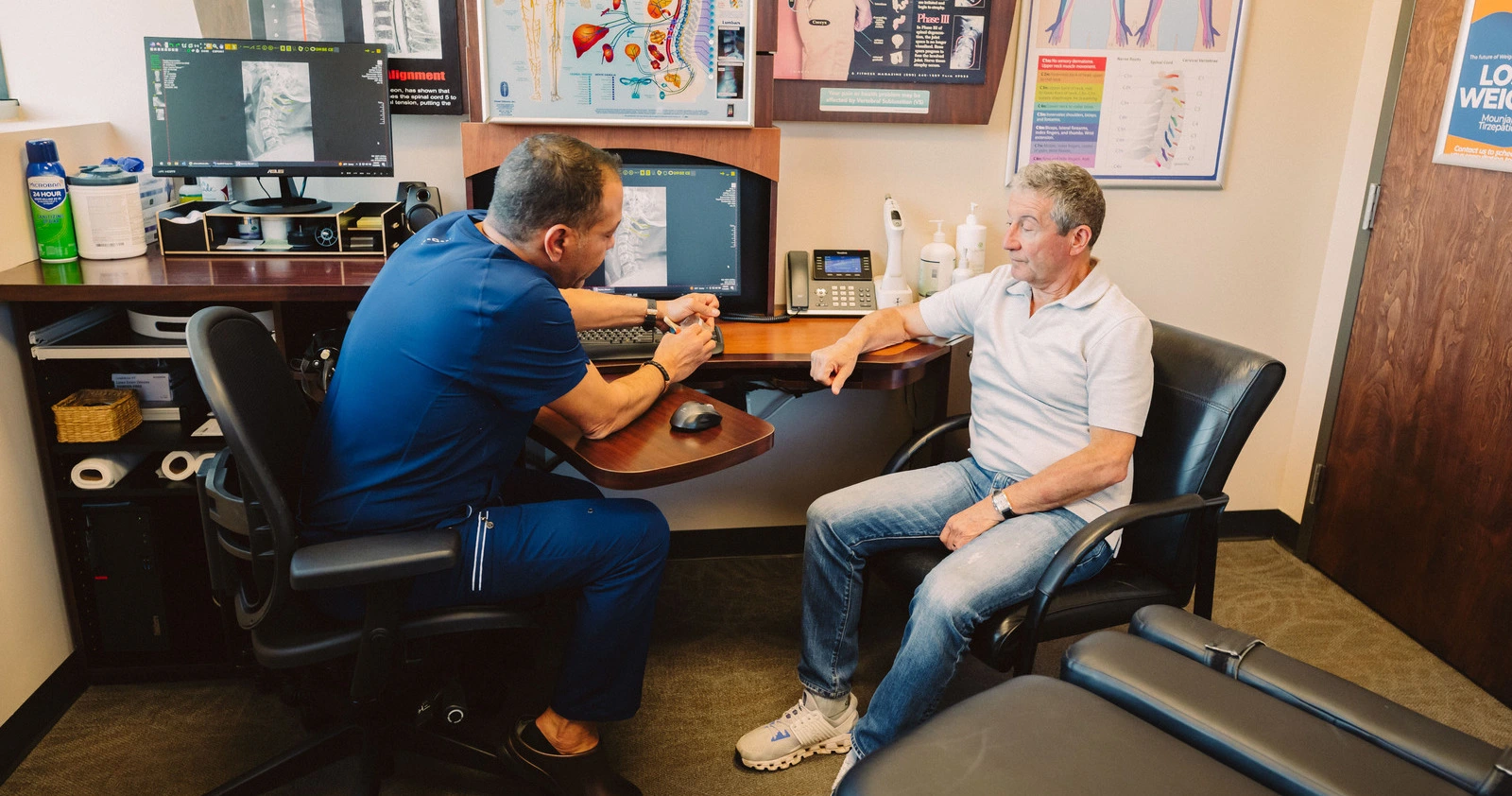
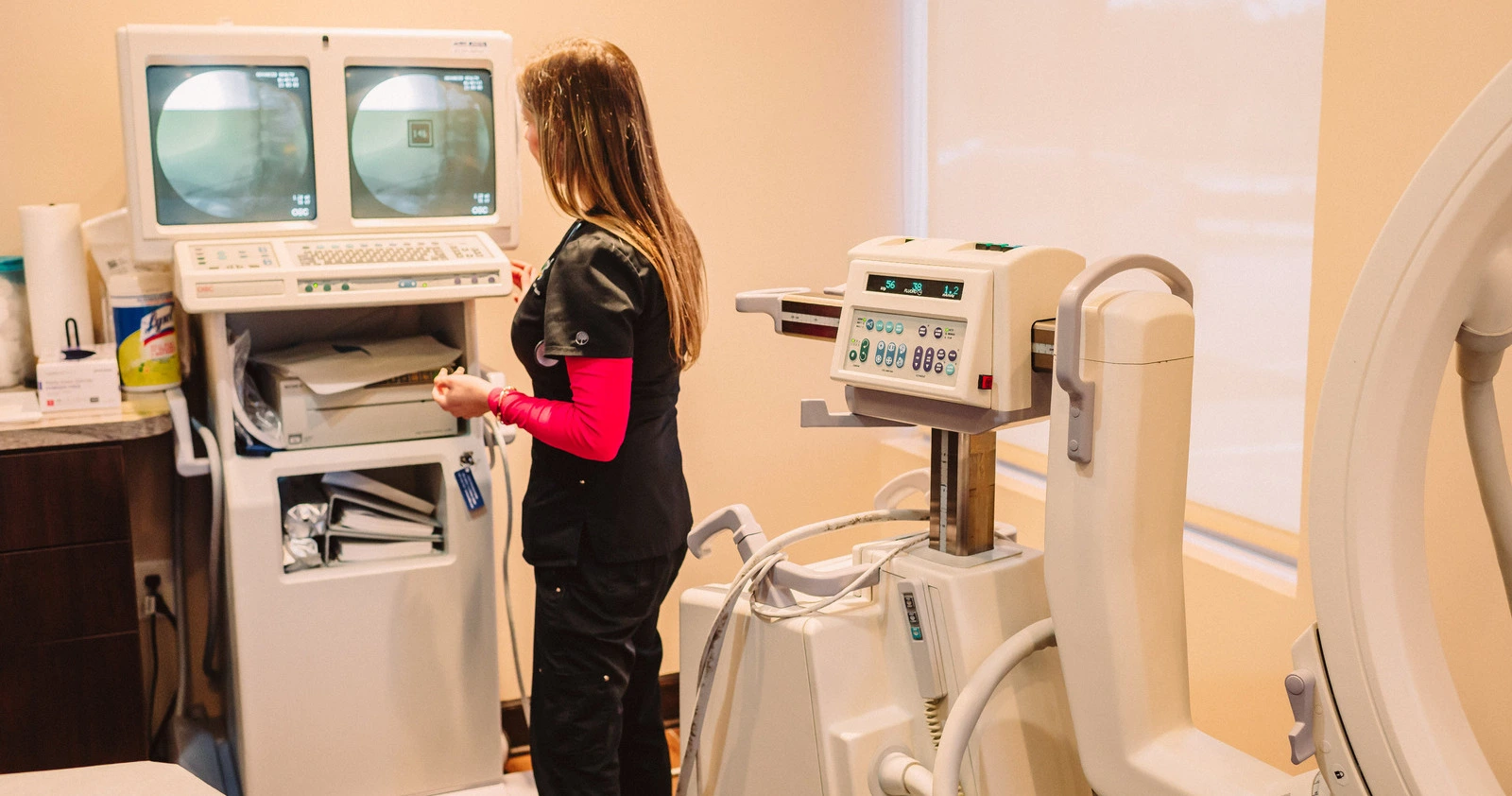
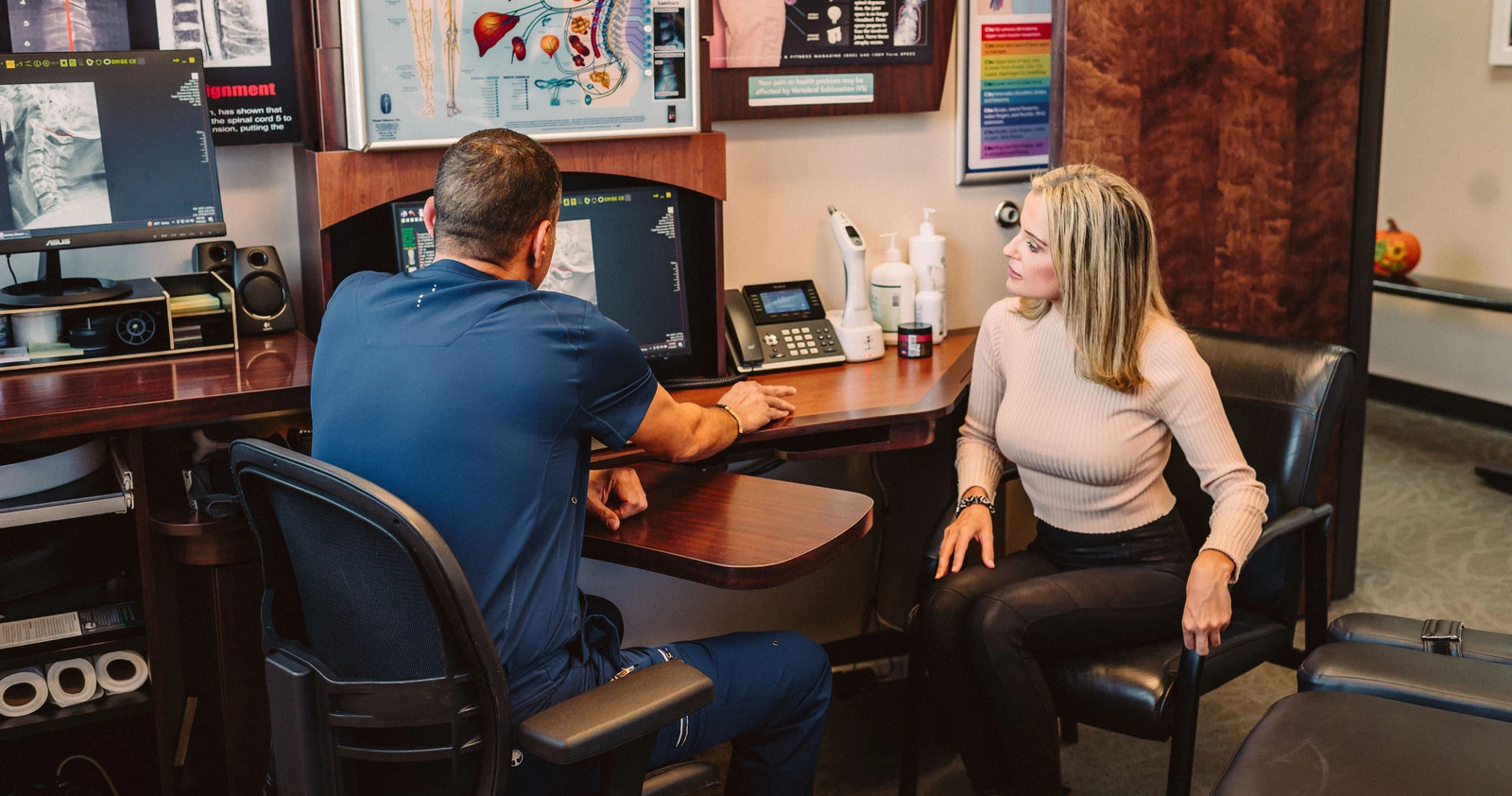
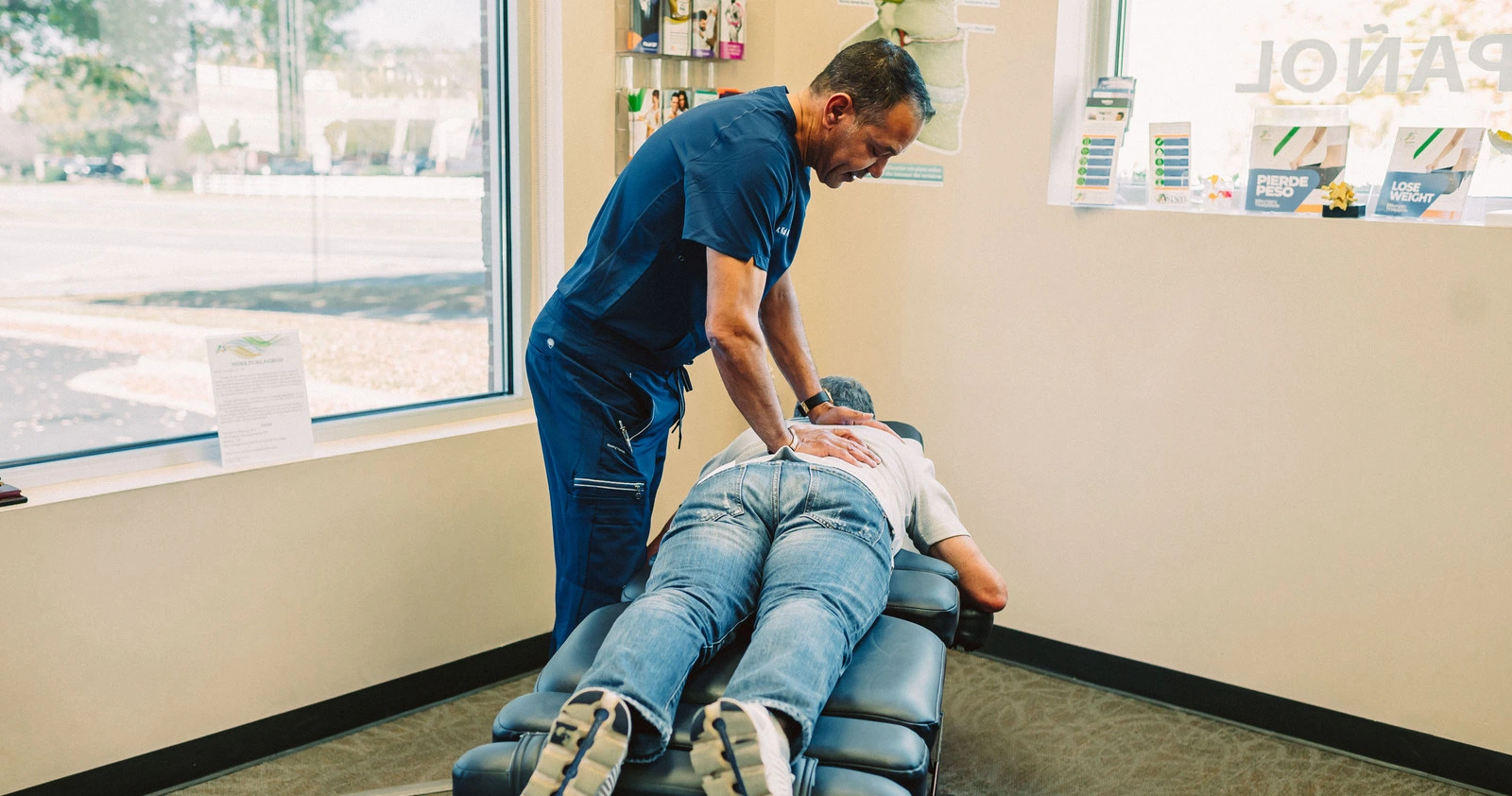
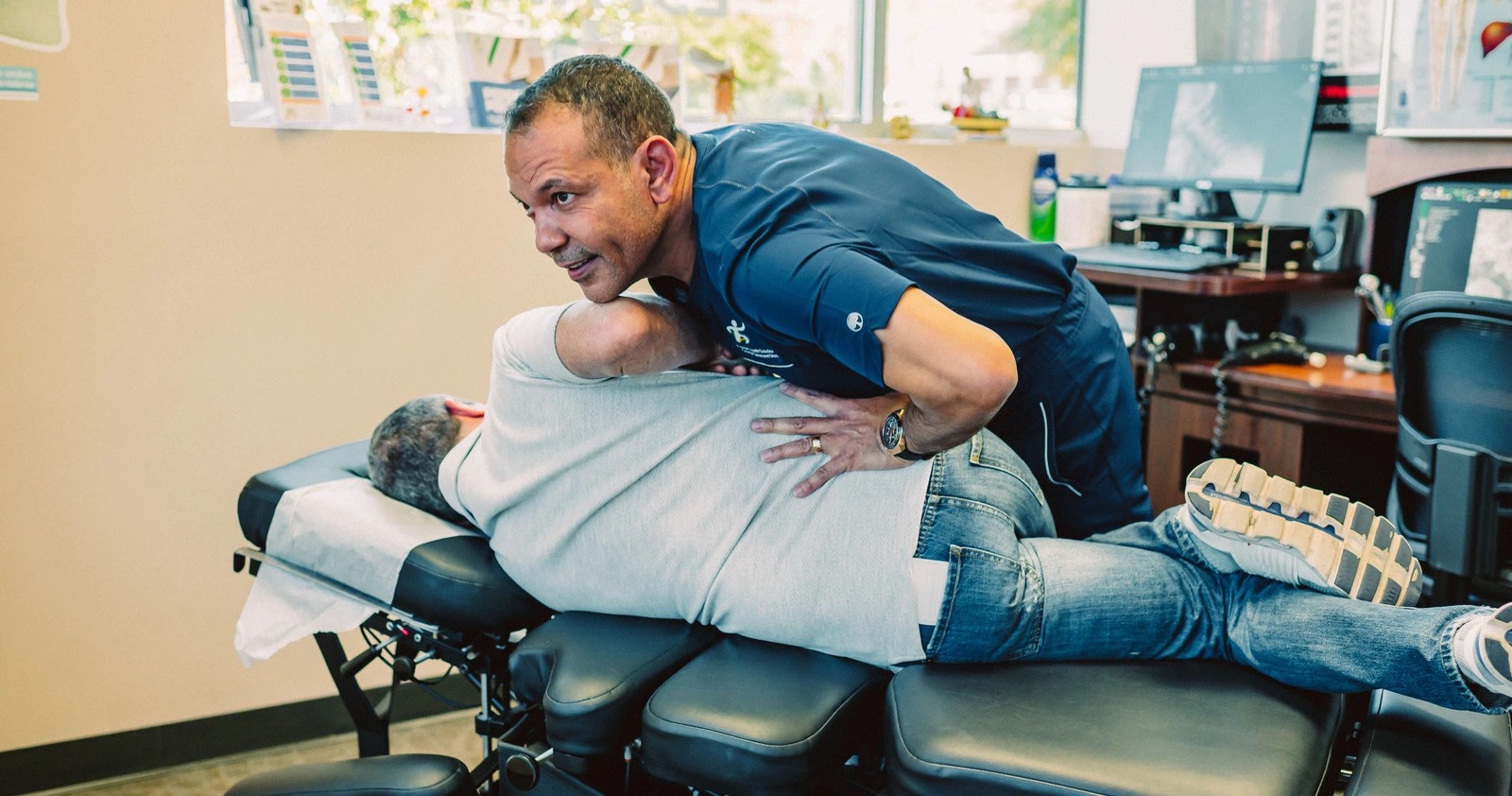
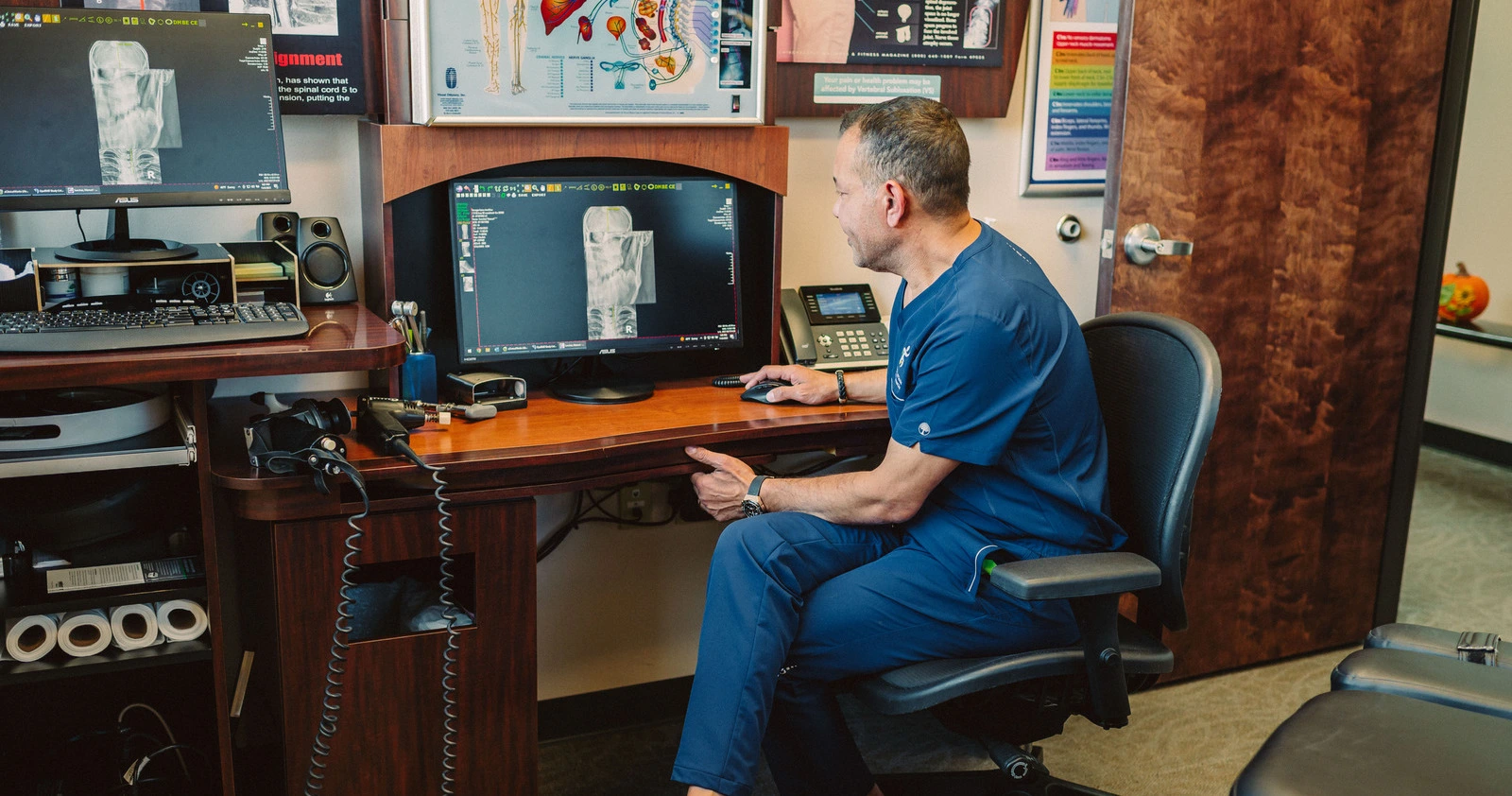
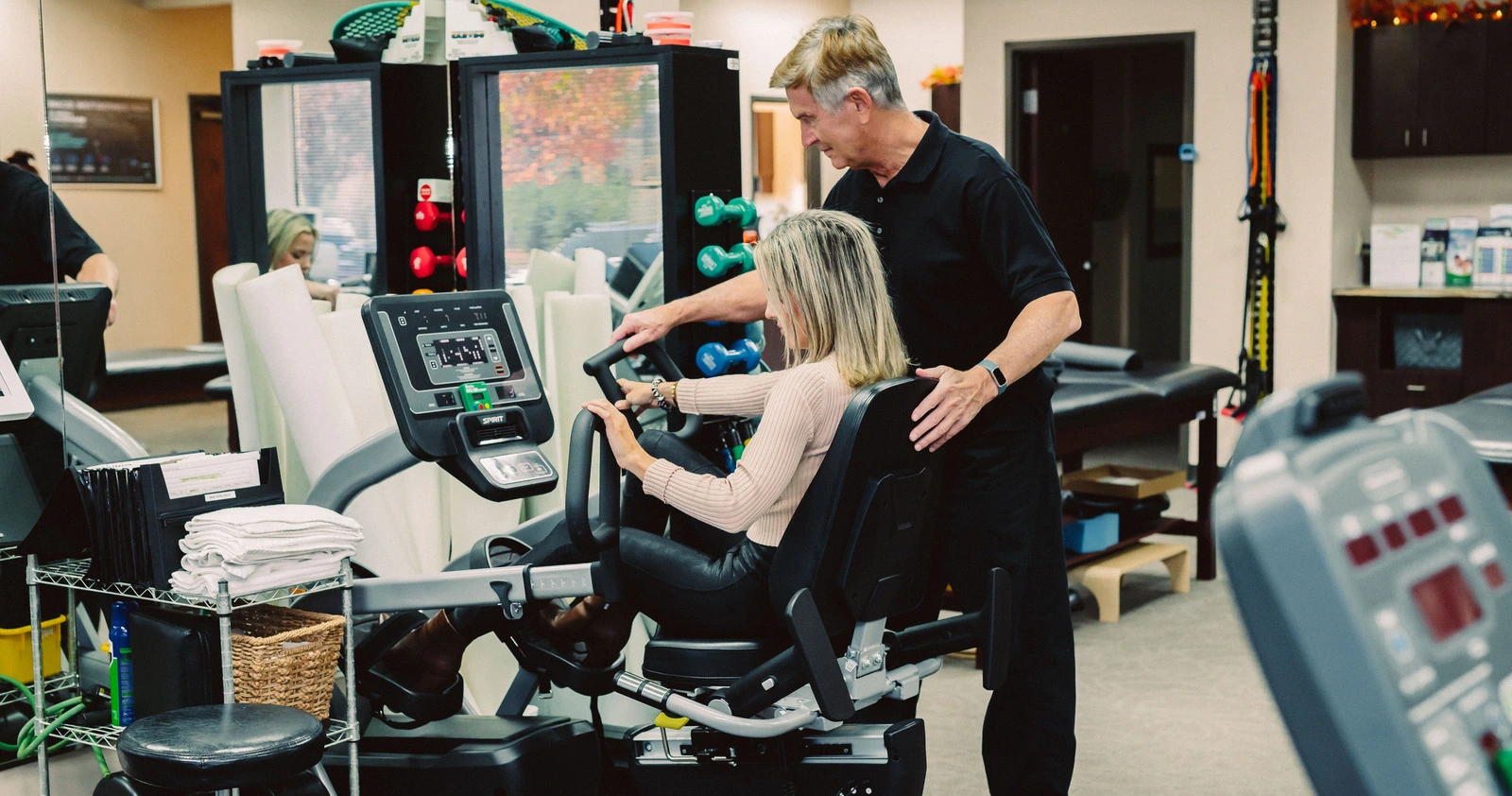
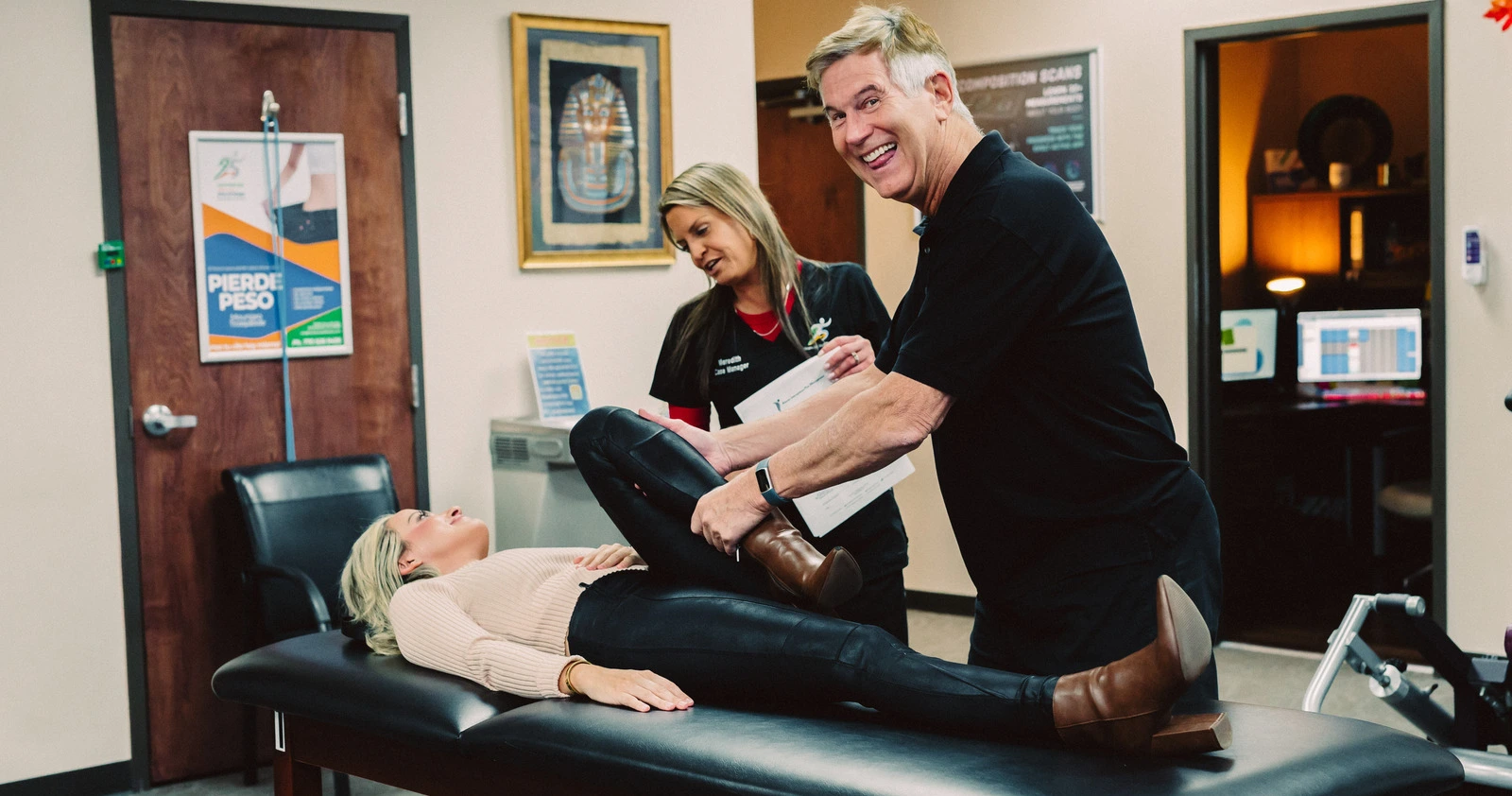
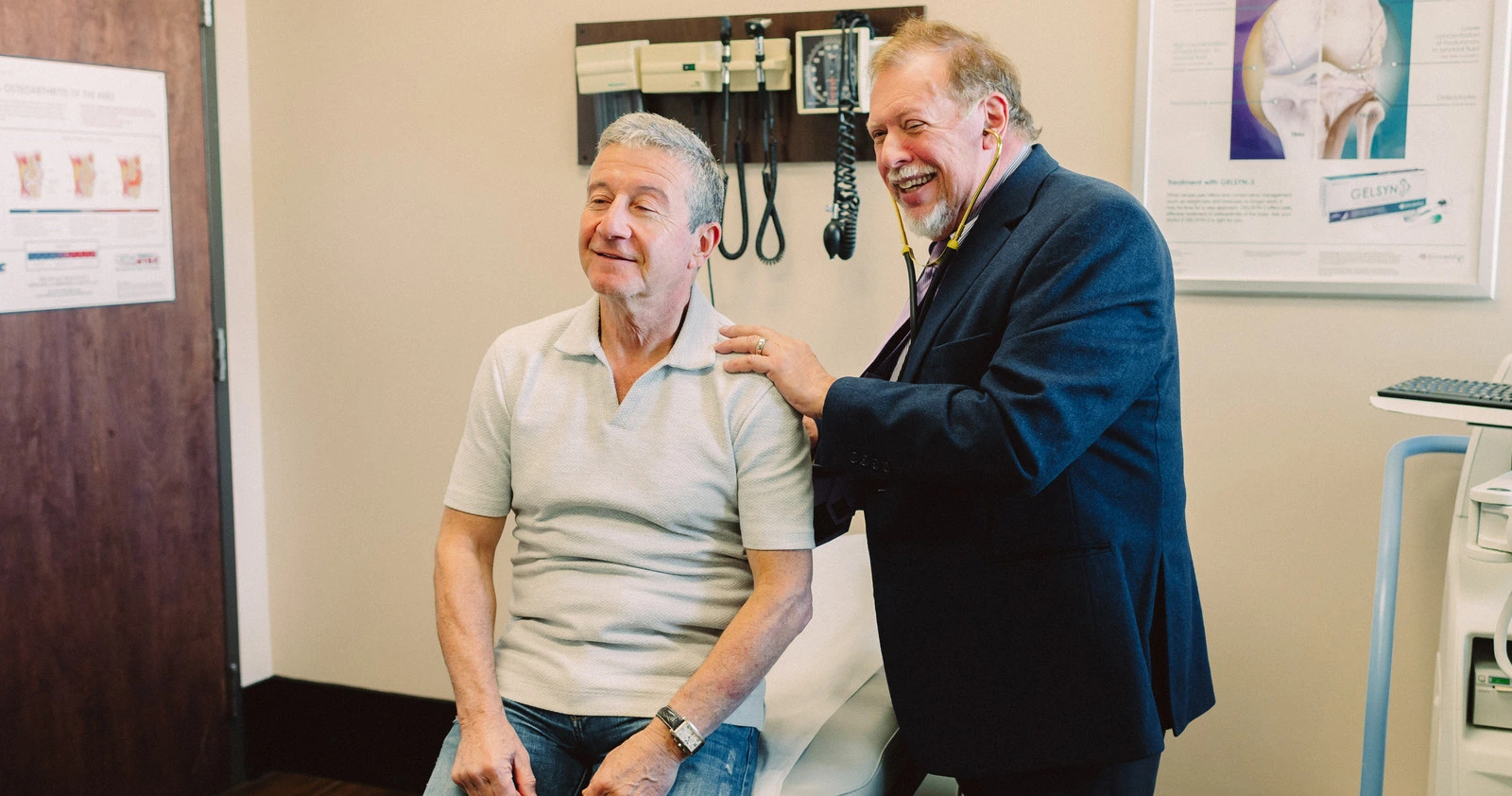


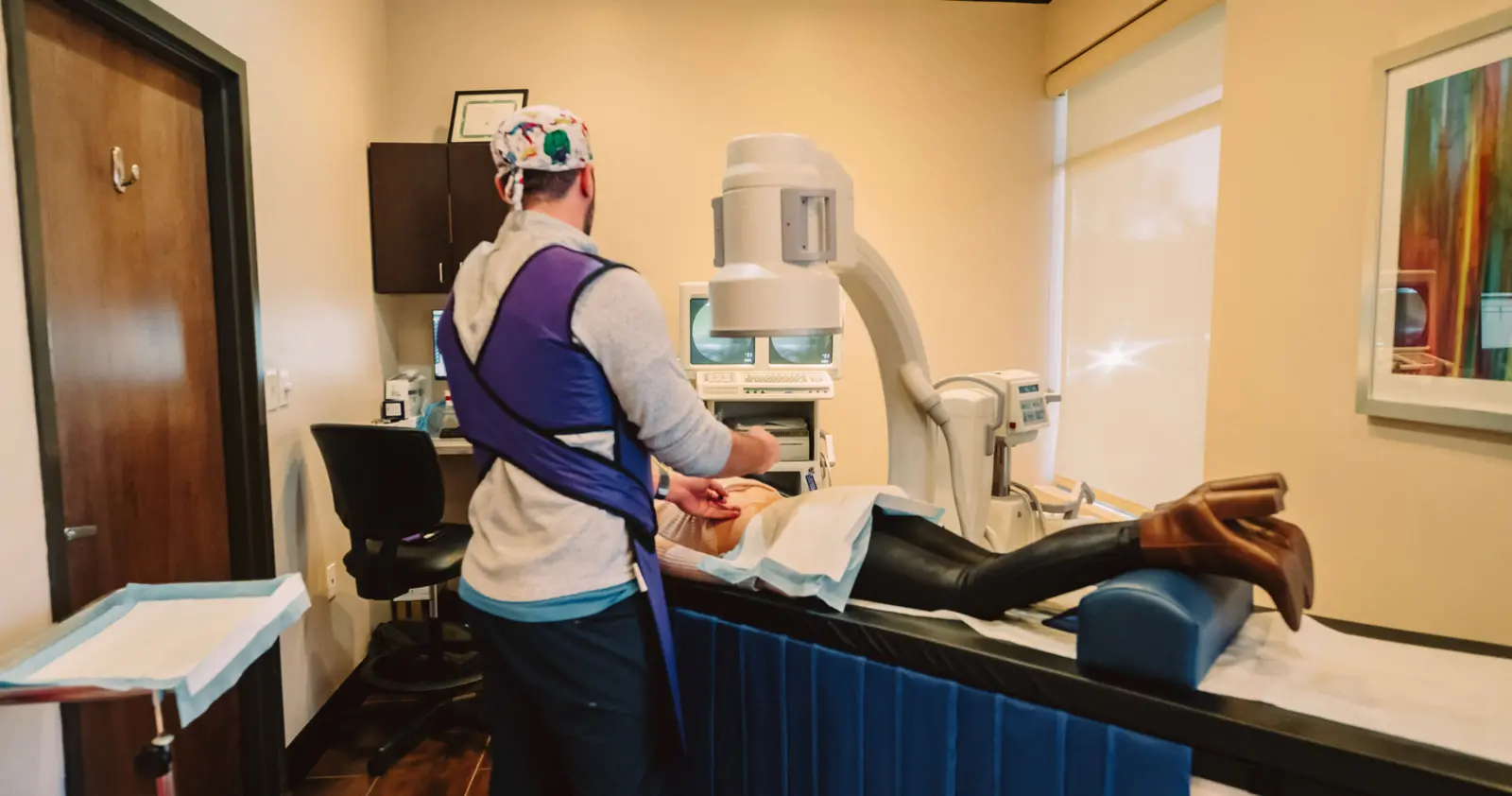

Our medical clinic offers a wide range of services, including primary care, specialty care, preventive care, diagnostic testing, chiropractic, physical therapy, and more. We strive to provide comprehensive and personalized healthcare to our patients.
Our medical professionals are highly trained and experienced in their respective fields. We have a team of doctors, nurses, specialists, and support staff who are dedicated to providing quality care and ensuring the well-being of our patients.
Our clinic(s) are conveniently located in a central area, with easy access to public transportation and ample parking facilities. We understand the importance of accessibility and strive to make it convenient for our patients to reach us. See all locations
We take pride in our high patient satisfaction rates and positive outcomes. We regularly collect feedback from our patients to continuously improve our services and ensure we meet their expectations. Read Our Reviews
We strive to work with a wide range of insurance providers to ensure that our services are accessible to as many patients as possible. We also offer flexible payment options and financial assistance programs to make healthcare affordable for our patients.
The purpose of this visit is to assess your symptoms, diagnose any potential conditions, and provide appropriate treatment or recommendations. Your healthcare provider will outline the recommended treatment plan, which may include medications, lifestyle changes, therapies, or referrals to specialists, depending on your condition.
In addition to our core medical services, we may offer additional benefits such as extended hours, online appointment scheduling, electronic medical records, and patient education resources.
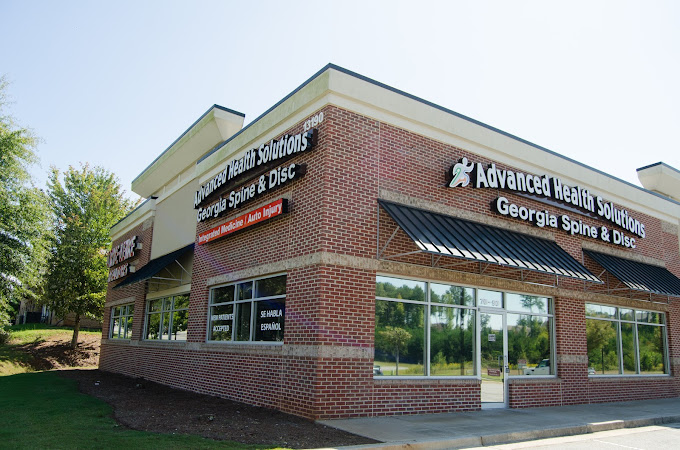

We are a Multidisciplinary Clinic with over 75 years of Combined Experience